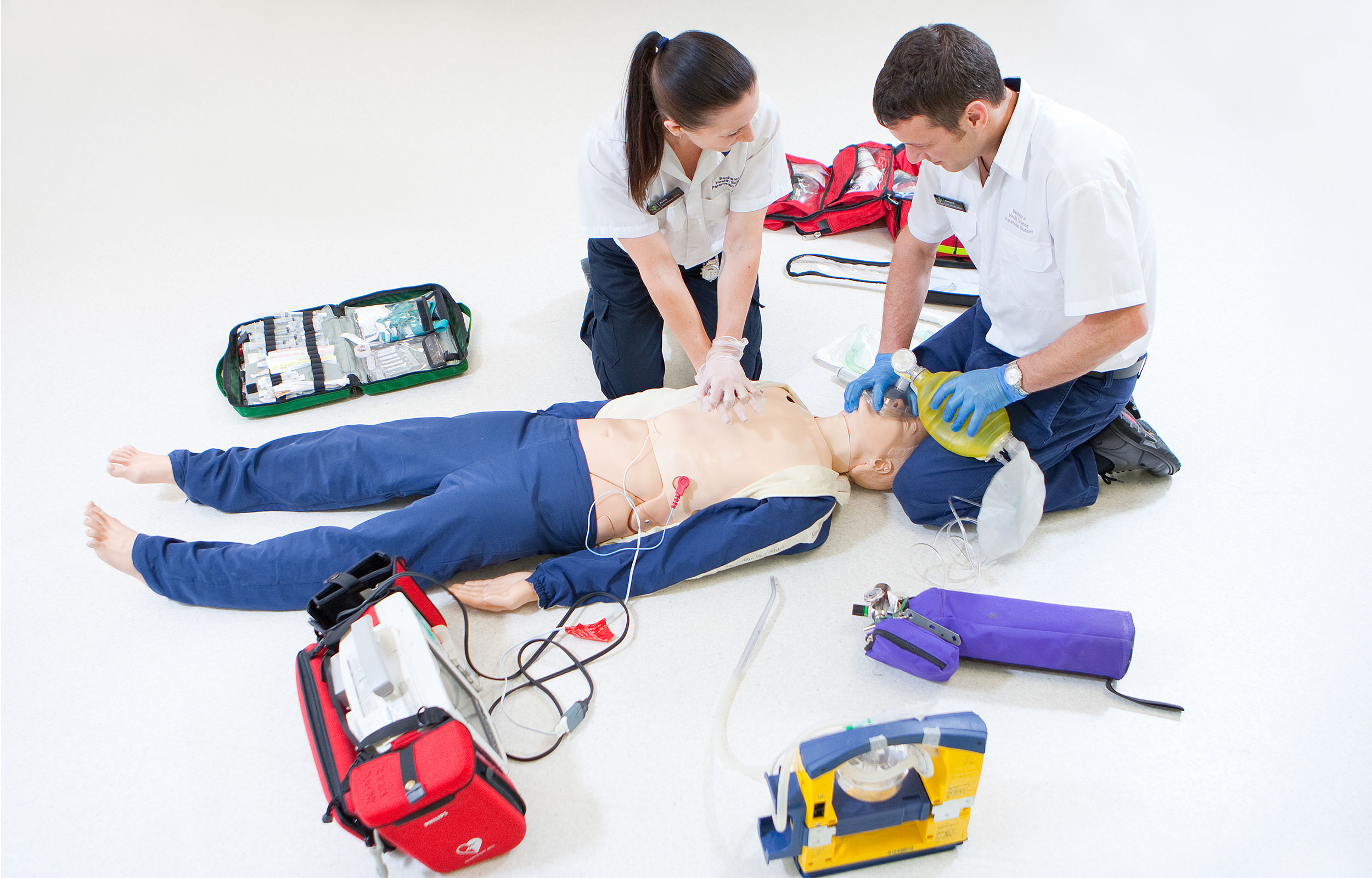The field of emergency medical services (EMS) is an honorable and essential profession that gives you a fulfilling career path that focuses on making a difference in lives and providing crucial health care. It’s a field that provides tremendous growth opportunities and an abundance of qualified professionals. In this article, we’ll lead you through the steps to become an EMT or paramedic, examining the many training options available, including DSHS approved EMS training course.
Understanding the Role of EMTs and Paramedics:
First responders emergency medical Technicians and Paramedics provide immediate medical assistance in an emergency situation. They are specially trained to assess patients, administer essential medical treatments, and transport patients safely to medical facilities for further care. Paramedics, EMTs, as well as other medical professionals, play an essential role in stabilizing a patient during a critical moment, making split second decisions and providing the most compassionate treatment to patients who are suffering. For more information, click How to Become EMT

Step 1: Become an EMT
You must complete the required educational and training program, which may vary depending on the level of certification you’re trying to reach. There are three levels to EMT certification:
1. EMT-Basic (EMT-B) It is the entry-level certification and needs between 100 and 150 hours of training. EMT-Bs learn about basic medical treatments, which includes CPR and blood management as well as basic airway control.
2. EMT Intermediate (EMT I): EMT I requires additional training, which can differ by state. In some areas, this level is merged with EMT-B. In others, it involves around 200-400 hours of training, with an increase in medical knowledge and intravenous therapy.
3. EMT-Paramedic: This level is the highest level of EMT certification. It requires intensive training that spans between 1,000 and 1 800 hours. Paramedics are skilled in advanced medical procedures, such as managing medications or interpreting EKGs. They also have expertise in advanced airway management.
Step 2: Requiring Paramedic Certification
To qualify as a paramedic, you first need to pass the EMTB and EMTI levels and then gain some practical experience. Then, you can enroll in the paramedic course, which can take between two and one year. This comprehensive program will instruct you on advanced medical concepts and provide you with the abilities and knowledge required to deal with emergency scenarios independently.
Explore EMT Training Options
You can choose from a range of options when it comes to EMT certification, based on the level you’d like to achieve. Community colleges and medical trade schools generally offer EMT training at all levels of certification. These programs combine of classroom instruction, hands-on training as well as practical training in both field and clinical settings.
In addition, if you’re looking to pursue a more comprehensive and comprehensive EMT program that can lead to a degree and colleges could offer EMT education at the EMT-Paramedic level. These programs will give you a more complete understanding of emergency medical services, and offer the user a greater understanding of the medical care of patients and decision-making.
Step 4: You must ensure DSHS certified EMS training:
It is important for aspiring EMTs or paramedics, to make sure that the program they choose has been approved by DSHS. The Department of State Health Services (DSHS) has the authority to approve EMS training programs to make sure that they meet the highest requirements for education and competency. By enrolling in a DSHS-approved EMS course will guarantee that you receive the best training and that you meet the requirements for certification.
Making the transition to EMT or paramedic is an extremely rewarding and prestigious career choice. EMTs and Paramedics are first emergency responders and play a crucial part in saving lives and providing immediate medical treatment in emergency situations. In order for those who want to become EMTs or paramedics to begin this life-saving journey they must finish all the necessary training and education programs. The EMT certification is available at an institution of higher learning, a medical trade school or university depending on the level of certification desired.
It is essential to think about the various training options available to you and to make sure that the EMS course you choose is approved by the DSHS. If you do this, you can be confident that you’re getting a top-quality education that meets the necessary standards for EMT and paramedic certification.
The demand for emergency medical specialists is growing. Being a part of the field of EMS can offer you numerous career opportunities as well having the chance to make an impact on other peoples life. If you are an EMT Basic or you want to become a paramedic, your commitment to the field of critical medical care will pay off with an exciting and rewarding career in emergency services.
